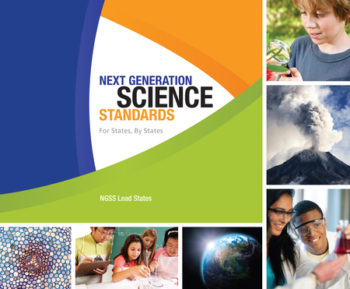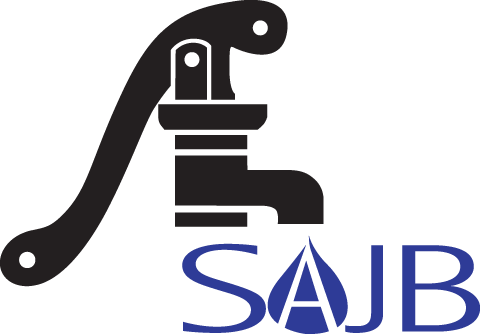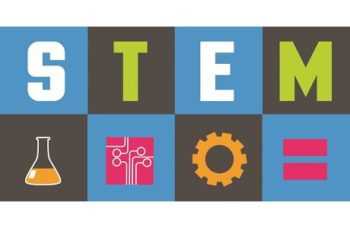Middle School Water Conservation Trailhead
The Field Trips are getting revamped, so please check back!
Water Conservation Middle School Aquifer Virtual Field Trip
Water Conservation means using only what you need of a resource and leaving the rest for other uses.
Water is the most basic necessity of life. Water has many uses: drinking, bathing, growing food, and recreation, just to name a few. Because water has so many diverse uses, we need to plan ahead and make sure that we will always have enough. This field trip will teach you about water conservation, give you tips for saving water around your house, and help you exercise your problem solving muscles in a real world water shortage scenario.
So get ready to learn all about our most precious resource!
Topics Covered
Students will be introduced to the following topics on this field trip:
- The Spokane Valley Rathdrum Prairie Aquifer’s hydrology
- The multiple uses of water
- Why water conservation is important
- Water usage in a typical home
- Tips for saving water
- Climate Change
Objectives
- Students will learn about or most precious resource, water.
- Students will learn about the Spokane Valley Rathdrum Prairie Aquifer and its basic hydrology.
- Students will recognize the importance of water conservation and learn simple tips for saving water in their own homes.
- Students will look for applications of science, technology, engineering and math in dealing with water issues.
Terms To Learn
- aquifers
- condensation
- evaporation
- freshwater
- groundwater
- precipitation
- runoff
- transpiration
- water conservation
- water cycle
- watershed
- xeriscape
Here are a few online glossaries where you can find definitions of these water terms and more.
USGS Water Science Glossary
NASA Precipitation Education Glossary
This virtual field trip was designed for middle school students but can be easily adapted for students of many ages. Jointly developed by the Spokane Aquifer Joint Board and Persistent VISION in Spokane, Washington, this project was funded by a Washington State Department of Ecology, Clean Water Act, Section 319 Grant.

